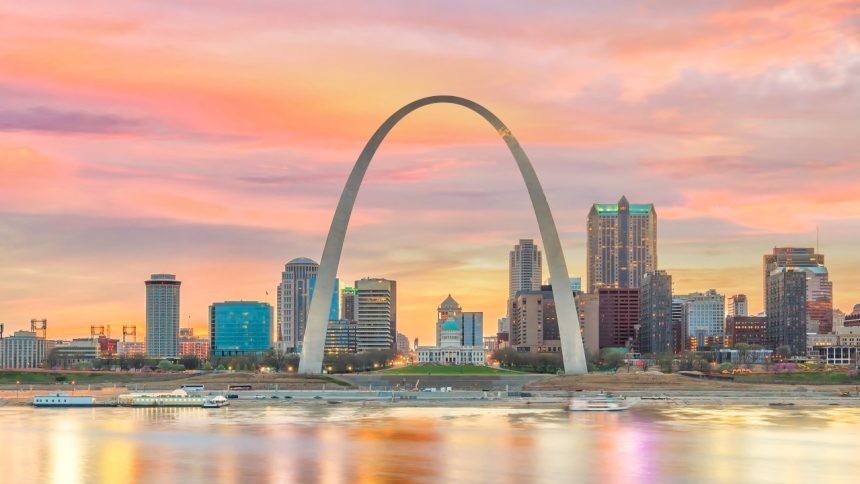
ST. LOUIS – The summer solstice is almost here, marking the transition from spring to summer and the longest day of the year in the Northern Hemisphere.
During the summer solstice, the Northern Hemisphere leans closest to the sun, resulting in the US experiencing the longest period of daylight and the shortest period of darkness of the year.
This year’s summer solstice, scheduled for Thursday at 3:51 p.m. CT, is actually the earliest solstice in over 200 years. Normally falling on July 21, this year it is a day earlier.
During the summer solstice, some areas in the contiguous US could see nearly 16 hours of daylight, while parts of Alaska may experience around 22 hours of daylight.
How much daylight will St. Louis see?
According to TimeAndDate.com, St. Louis will have a sunrise at 5:36 a.m. and a sunset at 8:28 p.m. on the summer solstice.
This means St. Louis will have approximately 14 hours and 52 minutes of daylight on Thursday.
What comes after the summer solstice?
As the summer solstice arrives, each day will gradually have less daylight until we reach the winter solstice in late December, when the Northern Hemisphere tilts farthest away from the sun.
TimeAndDate.com forecasts that St. Louis will have about three minutes less daylight by the end of June compared to the peak on Thursday, and over 43 minutes less daylight by the end of July. This trend of decreasing daylight continues until the winter solstice.











